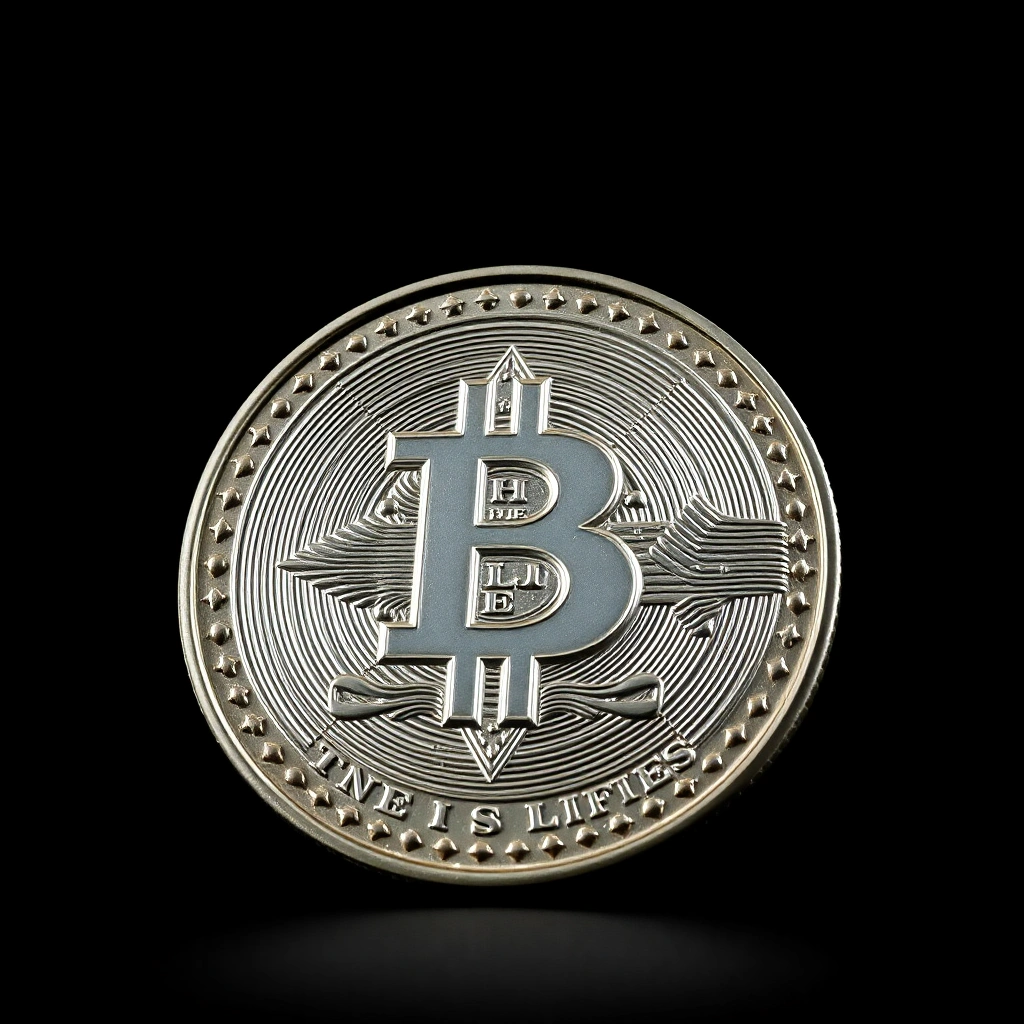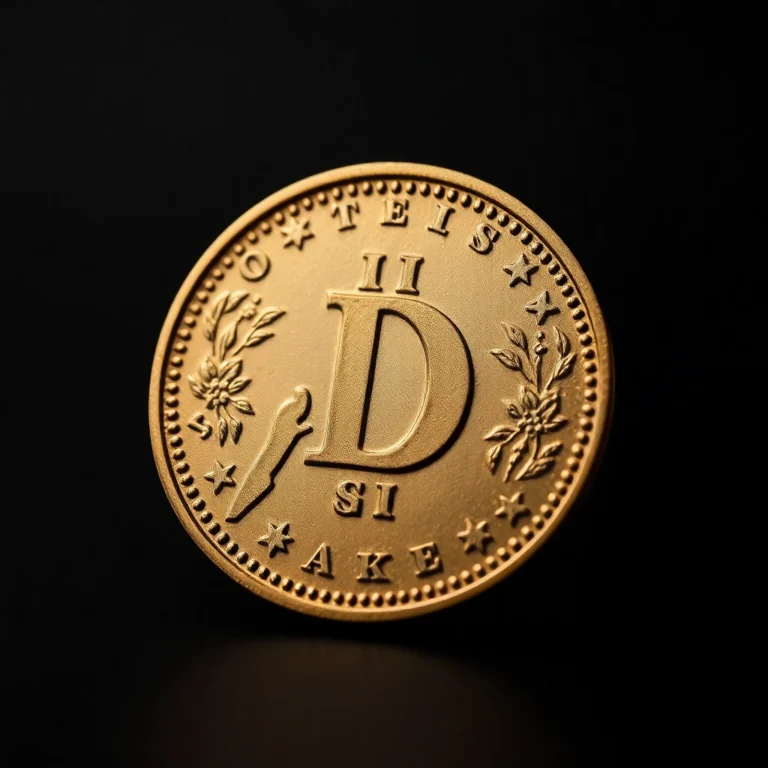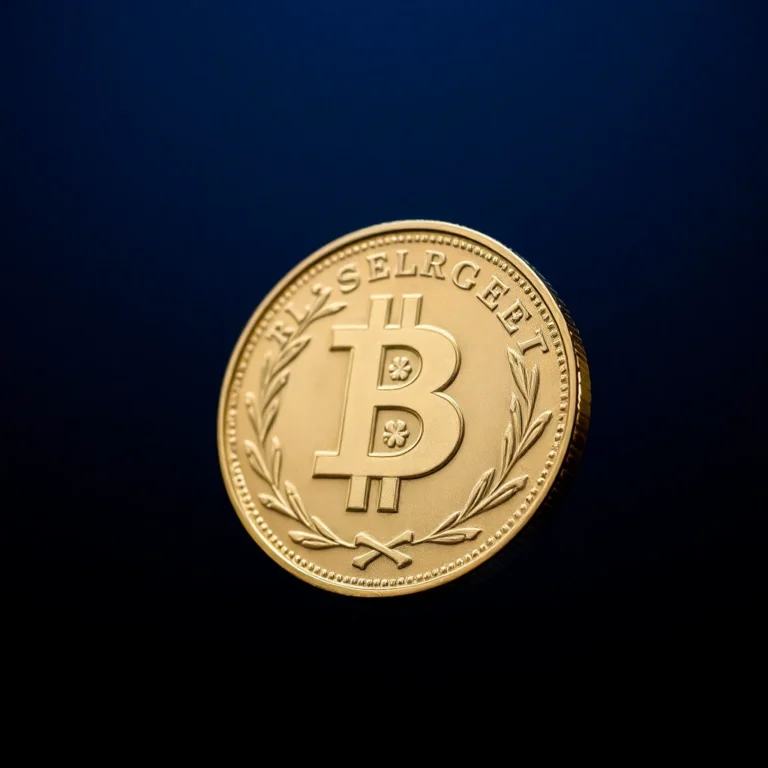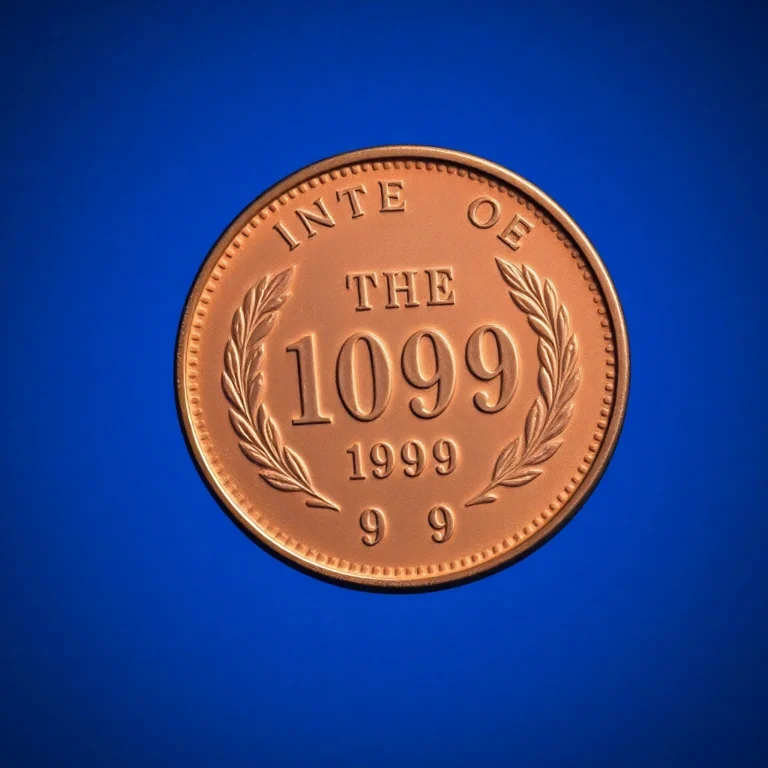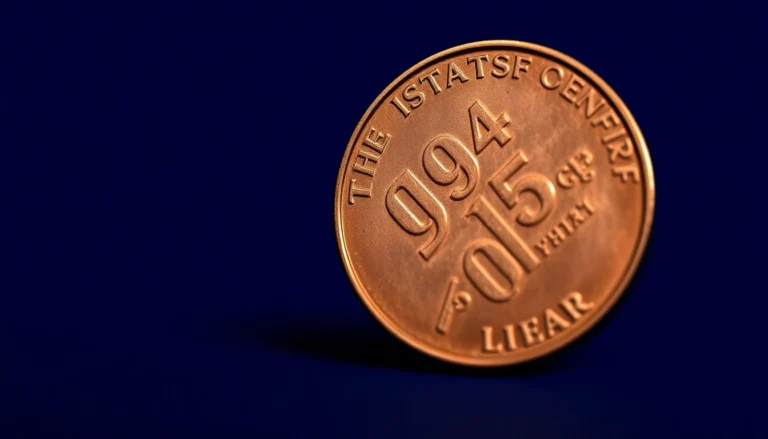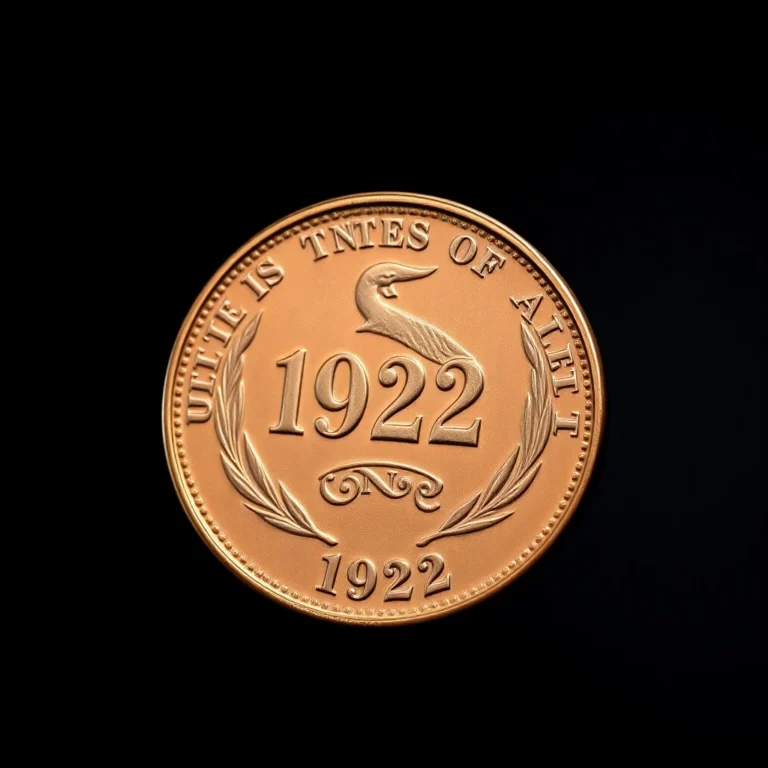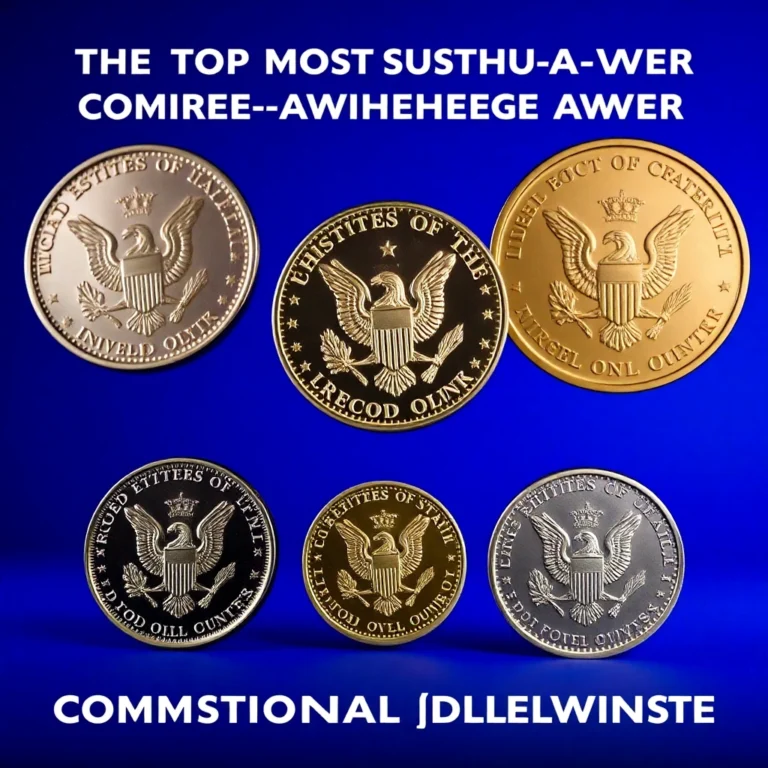In an era dominated by digital currencies and fleeting trends, a surprising group is rediscovering the age-old allure of numismatics—millennials. But what drives this tech-savvy generation to embrace a hobby seemingly at odds with their fast-paced lives? The answer lies in the rich tapestry of history, value, and tangible artistry that coin collecting offers, providing a captivating escape from the virtual world.
For collectors, the significance of a coin extends beyond its face value; it’s a portal to the past and a testament to human craftsmanship. Millennials are drawn to coins not just as investments but as narratives etched in metal, each with a story to tell and secrets to reveal. In this article, you’ll explore the reasons behind this generational shift, from the thrill of the hunt to the joy of owning a piece of history.
Stay tuned as we delve into the unique appeal of coins, their potential for appreciating value, and the rare gems that are capturing the hearts—and wallets—of young collectors everywhere.
Why Millennials Are Getting Into Coin Collecting
Coin collecting, once considered a hobby for older generations, has found renewed interest among millennials. This resurgence is driven by a blend of historical fascination, investment potential, and the unique appeal of tangible assets. Understanding the allure of coins involves exploring their historical background, physical characteristics, mintage figures, and more. Let’s delve into why this generation is increasingly captivated by numismatics.
Historical Background and Significance 🏛️
Coins serve as miniature time capsules, offering insights into the socio-economic and political landscapes of their eras. From ancient Roman denarii to modern commemorative issues, coins tell stories of empires, notable figures, and pivotal events. Millennials, often characterized by their appreciation for history and authenticity, find this aspect particularly appealing. Collecting coins allows them to hold a piece of history, fostering a deeper connection to the past.
Physical Characteristics and Design ✨
The artistry and craftsmanship involved in coin production are significant draws. Coins feature intricate designs, symbols, and inscriptions that reflect cultural heritage. Millennials appreciate the aesthetic value and the skill involved in minting, often leading them to collect coins with unique designs or those from specific periods or countries.
Mintage Figures and Rarity 🏆
Rarity is a key factor in coin collecting. Coins with limited mintage or those that have survived the test of time in fewer numbers are highly sought after. Collectors, particularly millennials, often seek coins with low mintage figures as they represent exclusivity and potential investment value. Understanding mintage numbers is crucial for assessing a coin’s rarity and desirability.
Known Varieties and Errors 🔍
Minting errors and varieties add an element of excitement to coin collecting. These anomalies can range from misstrikes to double die errors, and they often enhance a coin’s value and interest. Millennials are particularly drawn to these unique pieces, viewing them as the rarest collectibles with intriguing stories behind their creation.
Value Information
Understanding the value of coins is essential for collectors. Below is a typical value table showing the potential value ranges for a hypothetical coin based on its grade:
| Grade | Value Range |
|---|---|
| Good (G-4) | $50-$100 |
| Very Good (VG-8) | $120-$180 |
| Fine (F-12) | $200-$300 |
| Very Fine (VF-20) | $350-$500 |
| Extremely Fine (EF-40) | $600-$800 |
| About Uncirculated (AU-50) | $1,000-$1,500 |
| Mint State (MS-60) | $2,000-$3,000 |
| Gem Mint State (MS-65) | $5,000-$7,500 |
Authentication Tips 🔒
Authentication is crucial in the coin collecting world to ensure the legitimacy and value of a coin. Here are some tips to help millennials and other collectors verify their finds:
- Always purchase coins from reputable dealers or auction houses.
- Look for third-party grading from recognized services like PCGS or NGC.
- Familiarize yourself with common counterfeiting techniques and check for signs of tampering.
- Use tools like magnifying glasses and digital scales to inspect coins closely.
In conclusion, millennials are
FAQs
How do coin grading and value impact a millennial collector’s investment?
Grading is crucial as it determines a coin’s condition and directly influences its market value. For millennials, understanding the grading scale from Poor (P-1) to Mint State (MS-70) can help in making informed purchases and assessing the potential return on investment. Joining numismatic groups and using online resources can further educate collectors on these aspects.
What are some essential tips for authenticating coins?
Authentication is vital to ensure you’re collecting genuine pieces. Start by purchasing from reputable dealers or auction houses. Use tools like magnifying glasses or microscopes to inspect details, and familiarize yourself with common counterfeit markers. Consider certification from trusted organizations like PCGS or NGC for high-value coins.
What advice would you give to millennials starting a coin collection?
Begin with a focus, such as a particular country, era, or type of coin that interests you. Set a budget and educate yourself on the basics of coin collecting to avoid common pitfalls. Engage with online forums, local clubs, and coin shows to build your network and knowledge base.
Why is understanding a coin’s historical significance important?
Coins are miniature windows into history, reflecting the culture, politics, and economics of their time. Understanding their context can enhance the collecting experience, making it more rewarding and insightful. This knowledge can also positively influence the coin’s desirability and value among fellow collectors.
What are some common coin varieties and errors millennials should look out for?
Varieties and errors, such as doubled dies, off-center strikes, and planchet errors, can be both fascinating and valuable. Notable examples include the 1955 Doubled Die Lincoln Cent or the 2004 Wisconsin Quarter with extra leaf varieties. These coins often carry premiums due to their uniqueness and appeal to collectors interested in minting anomalies.
